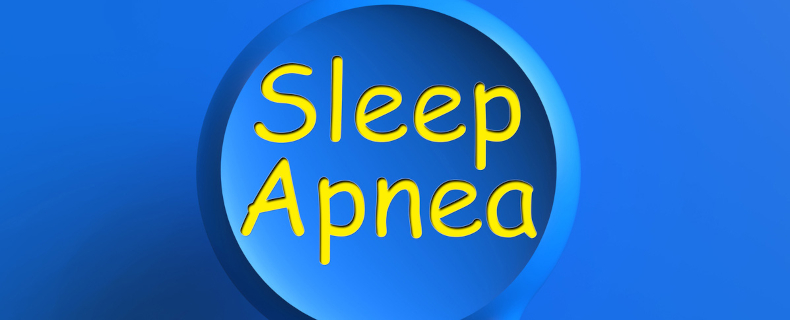Okemos, Lansing, East Lansing MI
For many, the mental image of treatment for sleep apnea – especially for obstructive sleep apnea, the most common type – involves wearing a machine while sleeping. This mental image is of a Continuous Positive Airway Pressure (CPAP) machine. Such a machine, with its hoses and noise, can be intimidating and may even give rise to reluctance to have sleep apnea diagnosed or treated.
The CPAP machine has drawbacks. Users report feeling claustrophobic and being bothered by the noise (which can also prove troublesome for a partner). Some experience excessive air in the stomach, which feels like digestive gas and often presents itself in the same way. Others note sore throats and discomfort sleeping on their backs or sides. These reasons are likely why so many people stop using CPAP machines: studies in the early 2010s suggest that discontinuation can be as high as 70 percent.
Other treatments exist for sleep apnea, however, that don’t involve the use of a CPAP machine. What are they, and what are some advantages and disadvantages of each?
Lifestyle changes
One option for treating sleep apnea involves lifestyle changes. Three changes, in particular, are noted as being most helpful.
- Stop late-night alcohol consumption
- Quit using tobacco products
- Lose weight
Of course, lifestyle changes – specifically quitting tobacco and losing weight – may be easier said than done since roughly 15 percent of the population is estimated to be addicted to nicotine, while approximately 41 percent is believed to be overweight.
Moreover, while many of these changes carry other health benefits and are definitely worth pursuing, sleep apnea may persist despite the changes. Furthermore, there are people with sleep apnea who are not overweight and don’t use tobacco or drink alcohol before bed. Even lifestyle changes would not treat sleep apnea in such persons.
Surgical alternatives
Several surgical procedures can correct sleep apnea. Two of the most common are:
Uvulopalatopharyngoplasty (UPPP or UP3)
UP3 surgery involves the removal of some tissue in the throat, including the uvula (the node of skin that hangs in the back. A tonsillectomy is often performed at the same time. UP3 surgery requires an overnight stay at the hospital. It can be painful, with a recovery time lasting for a few weeks. Upon waking, a patient may experience a mild sore throat and dry mouth. Sometimes, it may be difficult to keep liquids from coming into the nose (which is typically temporary), and there might be permanent changes to the voice.
Hypoglossal Nerve Stimulator insertion (Inspire)
Inspire involves the implantation of two devices. One is a sensor to monitor nighttime breathing, which is attached to a pulse generator; these are collectively placed in the upper chest. These connect to a stimulator, which is placed in the mouth to move the tongue and soft tissues aside and get the muscles to breathe if breathing stops. Inspire can be completed in an outpatient procedure and has a full recovery time of a few days. It requires a number of follow-up visits to calibrate the device fully, then regular checkups.
Oral appliances
If lifestyle changes prove ineffective for people with slight or moderate sleep apnea, an oral appliance is an alternative to the CPAP machine and surgery. The most common type (which is specially fitted by a dentist) is similar to a mouthguard or retainer and fits over both top and bottom teeth. The appliance pushes the lower jaw slightly forward, which alters the nighttime position of the tissues that relax so that they no longer obstruct airflow. An appliance will allow the wearer to drink and be able to talk if necessary.
Appliances have an additional advantage: people who have sleep apnea (especially obstructive sleep apnea) typically also have bruxism, or teeth-grinding. In fact, over half the people who have sleep apnea (as high as 55 percent, according to one study) grind their teeth as well. Scientists are not entirely sure why this is, although one theory is that the arousal from sleep to restore breathing may cause jaw movement and grinding. In fact, one study suggests that the grinding motion, itself, is what restores breathing.
Bruxism can cause several problems, including wear on the teeth and headaches. An oral appliance can prevent both.
Drawbacks to oral appliances include either dry mouth or excessive salivation and possible jaw discomfort. They may also temporarily alter the bite in the early stages of use. Finally, appliances are not permanent and will need to be replaced after about two years.
Non-CPAP treatments
For those who feel a CPAP machine is intimidating and overly cumbersome, alternative treatments for sleep apnea exist. An excellent first step is to consult a physician or dentist to determine the best path forward.

